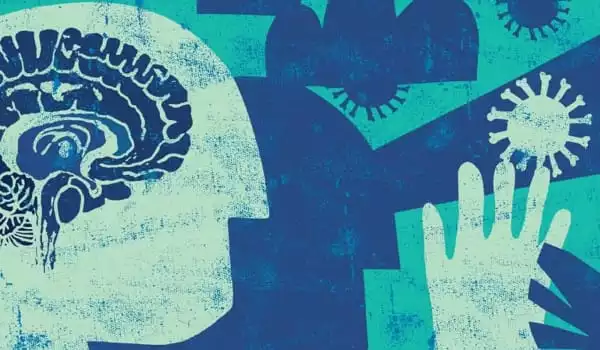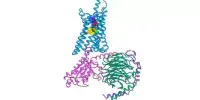Dementia is a word used to describe a combination of symptoms that severely impair your memory, reasoning, and social abilities and interfere with your daily life. It isn’t a specific disease, although it can be caused by a number of them. Memory loss is a common symptom of dementia, but it can be caused by a variety of factors. Memory loss alone does not indicate dementia, however it is frequently one of the first symptoms of the disorder.
Although Alzheimer’s disease is the most common cause of progressive dementia in older persons, there are also additional causes of dementia. Some dementia symptoms may be reversible depending on the etiology.
According to a study published in the open access journal PLOS Medicine, pregnancy, a lengthy reproductive span, and being older at menopause are all related with a lower risk of dementia in women. In contrast, hysterectomy, shorter age of first birth, and younger or older than normal age of first period were all linked to an increased risk of dementia.
A number of genes have been uncovered that enhance the likelihood of acquiring Alzheimer’s disease. Although persons with a family history of Alzheimer’s disease are thought to be at a higher risk of having the disease, many people with Alzheimer’s disease never acquire the disease, and many people without a family history of the disease do.
Dementia rates are rising over the world, with some studies suggesting a higher prevalence in women than males, but there is little research on reproductive variables and dementia risk. Reproductive events associated with shorter exposure to endogenous estrogen in women were linked to an increased risk of dementia, highlighting women’s vulnerability to dementia risk.
Jessica Gong
The study implies that reproductive and hormonal elements may be implicated in dementia risk, but it also found a similar link between the number of children and dementia risk in both men and women, implying that the physical experience of childbirth may not account for risk difference.
Dementia rates are rising over the world, with some studies suggesting a higher prevalence in women than males, but there is little research on reproductive variables and dementia risk. Jessica Gong of Australia’s The George Institute for Global Health and colleagues examined the risk of all-cause dementia and reproductive factors in 273,240 women, as well as the number of children in those women and in 228,965 men, using data from the UK Biobank.

After controlling for age, socioeconomic status, smoking, body mass index (BMI), and other factors, certain events associated with shorter cumulative exposure to internally produced estrogen, such as being older than average at first period, younger than average at menopause, and having a hysterectomy, were linked to an increased risk of dementia. Pregnancy, even if it was aborted, a longer reproductive span, being older at menopause, and using contraception pills were all linked to a lower risk of all-cause dementia. When compared to having two children, having no children or four or more appeared to be associated with a higher risk of dementia in both men and women.
The study has drawbacks, including retrospective reporting on reproductive characteristics, which can be biased, and the fact that UK Biobank is a very healthy cohort of affluent people of white British heritage, which may not be typical of the general population.
Gong continues, “Reproductive events associated with shorter exposure to endogenous estrogen in women were linked to an increased risk of dementia, highlighting women’s vulnerability to dementia risk. The same association between the number of children and dementia risk reported in men and women suggests that the risk variation in women may be attributable to social and behavioral aspects in parenthood rather than biological factors involved in childbearing.”
Dementia is caused by damage to or loss of nerve cells and their connections in the brain. Dementia affects people differently and causes distinct symptoms depending on the section of the brain that is damaged. Dementias are frequently classified based on what they have in common, such as the protein or proteins deposited in the brain or the portion of the brain affected. Some disorders, such as those caused by pharmaceutical reactions or vitamin shortages, resemble dementia and may improve with therapy.















